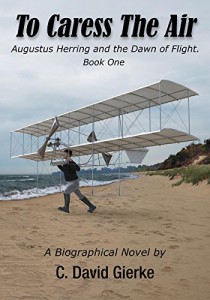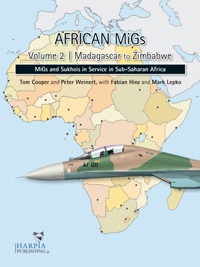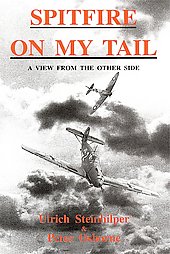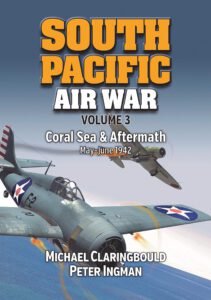Review South Pacific Air War Volume 3: Coral Sea & Aftermath May – June 1942- Michael Claringbould and Peter Ingman
This one of the few books about WW II theaters that describes both sides of the conflict. It gives not only the allied version, but also a detailed version of the Japanese operations, including many names, photographs and sometimes personal stories about the warriors on both sides.
The greater picture of this episode is Japan’s drive to conquer all of the great landmass of New Guinea. Their view was that this would effectively separate Australia from America, and thereby depriving the allied forces from a staging point to counterattack Japanese occupied territory.
The Japanese had already occupied Lae on the North coast, but needed a seaborne invasion to also conquer Port Moresby, the allied stronghold on the south of New Guinea. Their invasion fleet was well underway, but needed backup from a Japanese carrier force. The ensuing battle led to the first carrier versus carrier battle in naval history. The outcome, described in detail in this book, was a tactical victory for the Japanese, but the allied force was able to prevent the Japanese invasion near Port Moresby.
It also describes the decision process on both sides. This shows that the rigid top down commando structure of the Japanese took away local initiative of their field commanders and so lost the opportunity to put their troops ashore. It also damaged two of their carriers which were sorely missed half a year later during the decisive battle for naval supremacy at Midway.
If you are intrigued by war stories about the WW II South East Asia this is certainly an interesting book. The recognition of the degree of detail in this book is a matter of individual appreciation. The fact that also the Japanese warriors get a name, and sometimes even a face and a personality, adds extra quality for me. The photographs and illustrations are already mentioned. They contribute substantially to the attraction of this book.












Leave a Reply